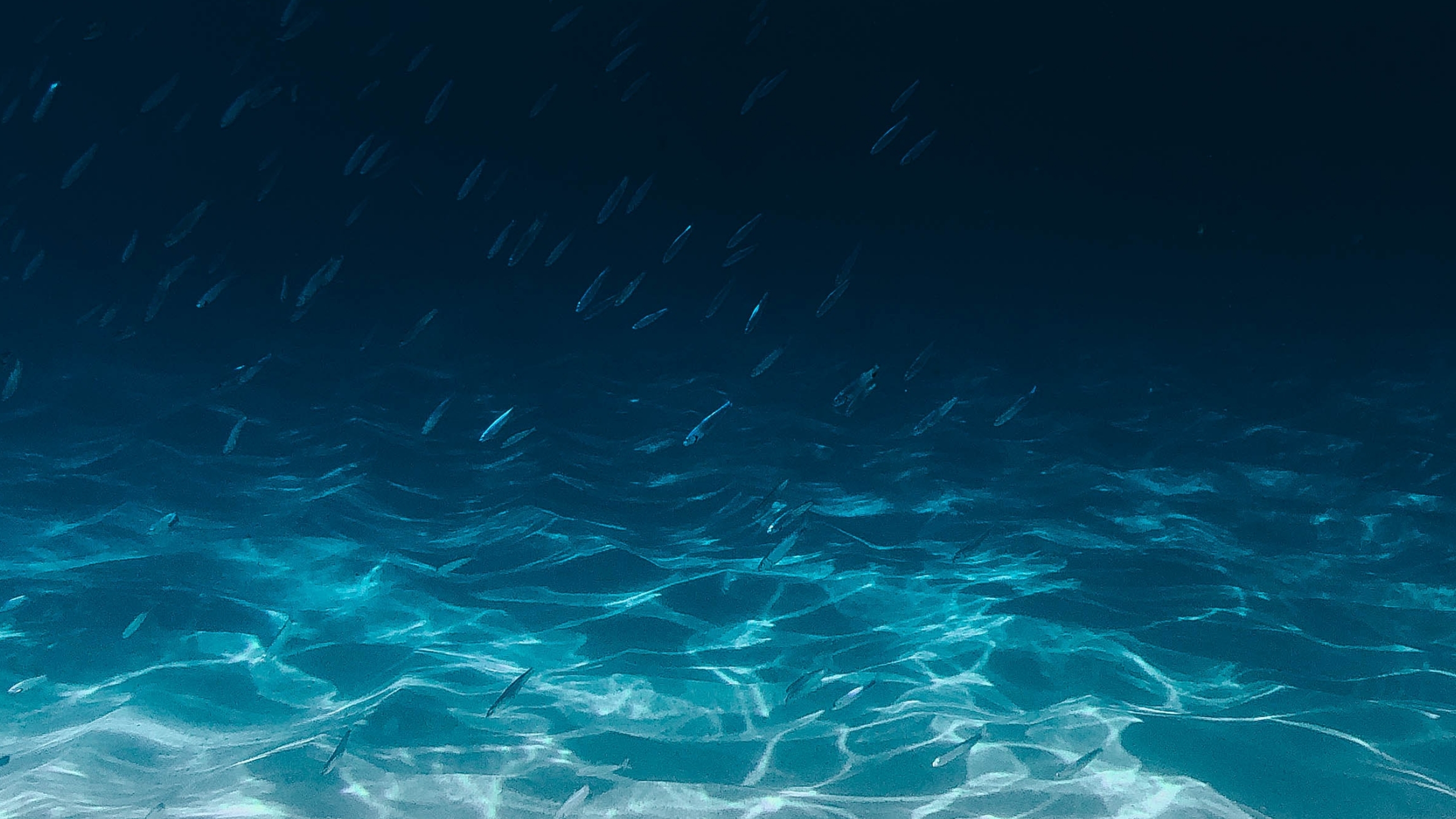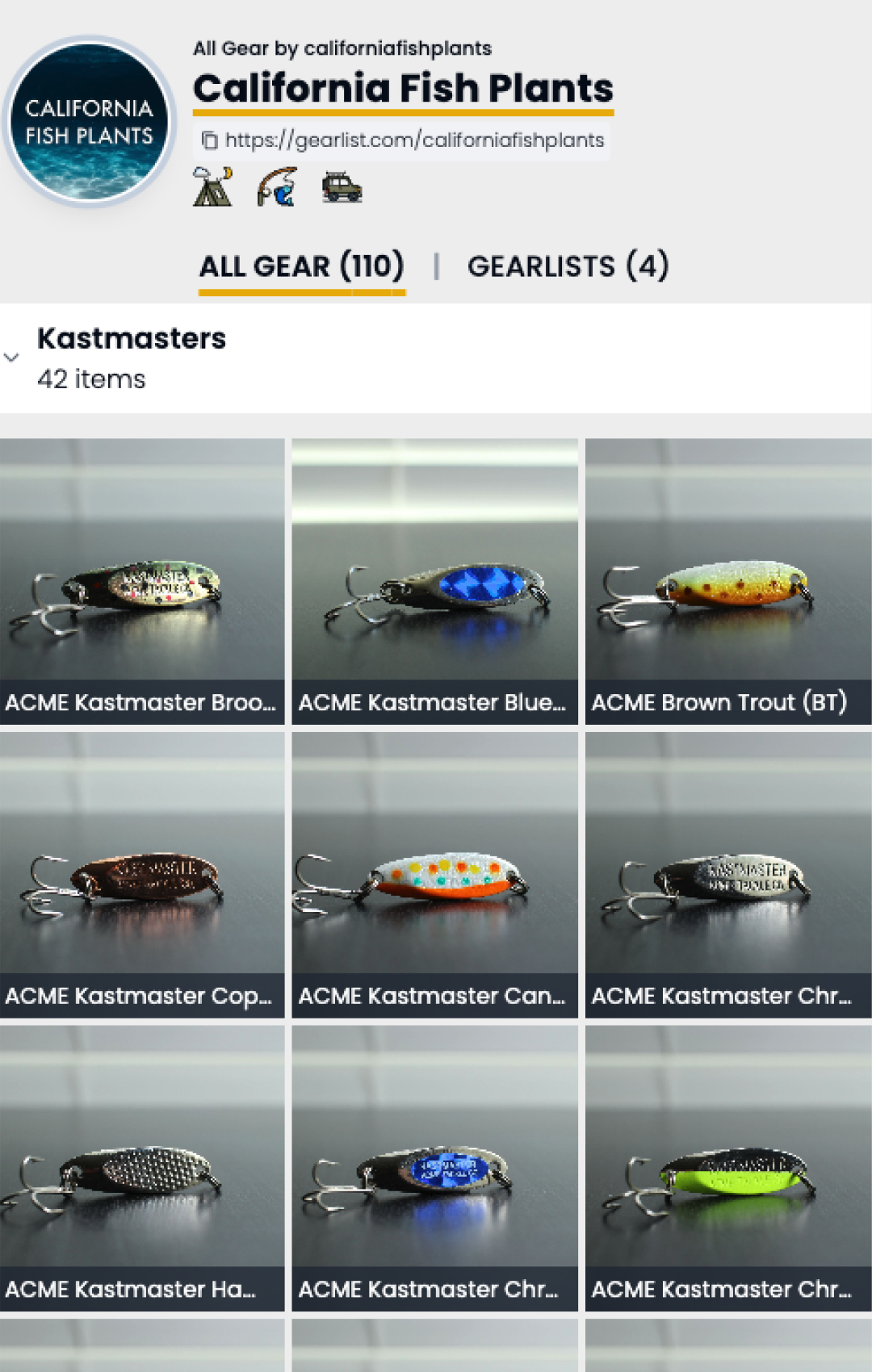Embarking on a fishing expedition to Lake Yosemite? Prepare for a unique angling experience in the heart of the San Joaquin Valley. Discover the resident bass, bluegill, and catfish that call this 25-acre lake home, and unravel the secrets that make this local gem a captivating fishing destination.
📈 Latest Fish Plants
Fish here often?
How To Read Fish Plant Graphs
To interpret fish plant graphs effectively, consider the following key elements:
- Blue Vertical Bars and Numbers:
- Representation: The blue vertical bars on the graph represent individual fish plants.
- Weight Measurement: The associated numbers indicate the total weight of the plants in pounds (lbs.) that occurred during a specific week.
- Significance: Monitoring these bars helps identify weeks with higher planting activity, aiding anglers in selecting optimal times for fishing near recent plantings.
- Orange Trend Line:
- Purpose: The orange trend line represents the moving average of all fish plant activities at the specified location.
- Indicator of Activity: A rising trend line suggests a consistent increase in planting activity over the designated period. This indicates the potential for more catch opportunities and signifies a growing fish population over the weeks.
- Interpreting the Moving Average:
- Upward Trend: A rising moving average implies an upward trajectory in planting activity, indicating an increasing number of fish being introduced into the area. This suggests a positive outlook for anglers, as it implies a larger and potentially more accessible fish population.
- Downward Trend (Not Specified): The description does not provide information on the interpretation of a decreasing trend in the moving average. It might be beneficial to include information on what a decreasing trend could signify in terms of fishing prospects.
- No Data Present:
- Possible Explanations: If no data is visible on the graph, it may indicate that the location had no fish plants in the last three months. Alternatively, the absence of data could be due to non-disclosure of fish plants for that location.
- Natural Population: Some fishing areas in California rely on the natural growth of fish populations, and graphs may not show plants if this is the case.
- Graph Disclaimer:
- Data Source: The graphs reflect a combination of publicly disclosed data and estimates. Some locations may disclose fish plants without specifying exact amounts.
- Not Universal: Not all fishing areas have fish plants, and the natural growth of fish populations plays a significant role in many California fishing locations.
Understanding these elements will empower anglers to make informed decisions about when and where to fish based on historical fish plant data.
Note: If no data is present in the graph above, this location may not have had any plants the last 3 months, or may not have publicly disclosed plants. Graphs reflect both publicly disclosed data and estimates, as some locations disclose plants, but not exact amount.
🗺️ Map & Fishing Location
Fish to Find:
- Largemouth Bass: The true protagonists, these feisty fish lurk around weed beds, rip-rap shorelines, and submerged structures.
- Rainbow Trout: Shimmering near the dam and deeper sections, these lure-loving trout are waiting for spinners, spoons, or crankbaits.
- Black Crappie: Schooling buddies found around docks, bridges, and lily pads, particularly active in spring and fall. Try live minnows or jigs.
- Common Carp: Surprisingly common and formidable fighters. Seek them near reeds and shallows using bottom rigs with corn or dough baits.
Local Insights:
- Early Mornings and Evenings: Optimal times for bass and trout, especially during warmer months. Beat the heat and the crowds for a more serene experience.
- Troll the Dam: A hotspot for rainbow trout, especially in spring and fall. Utilize downriggers and flasher-lure combos for the best results.
- Shoreline Secrets: Ambush points along weed lines and drop-offs are favorites for fish. Cast parallel to the shore for surprising catches.
- Be Kind to the Bass: While bass are plentiful, they play a crucial role in the lake’s ecosystem. Practice catch-and-release for responsible fishing.
Unique Twists:
- Bait Ban: Lake Yosemite stands out by prohibiting baitfish, minnows, and scented baits. Focus on artificial lures or flies for a rewarding experience.
- Seasonal Shifts: Fish movements align with the seasons. Spring brings hungry trout near the dam, while summer bass seek shade. Fall crappie love the shallows, and winter finds carp near warmer inlets.
- Boat or No Boat? Both options are viable. Rent a boat for access to the dam and deeper areas, or fish from the shore near the boat launch or campground docks.
Prime Locations:
- Old Lake Yosemite Road: A scenic stretch perfect for bank fishing, especially for bass and carp. Exercise patience and explore the coves.
- Bass Hole Point: Aptly named, this spot near the dam is a favorite for trolling and jigging for lunker bass.
- Floating Docks: Cast a line off the docks for crappie and keep an eye out for cruising bass. They love the structure!
- The Spillway: A fast-moving area that attracts hungry trout, especially in the spring. Exercise caution and use proper gear for the strong currents.
Remember, these are just starting points. Explore, experiment, and consult local anglers—they’re always eager to share their secret spots and tips! With the right knowledge and a bit of luck, you’ll be reeling in memories (and maybe a trophy fish) from your Lake Yosemite adventure. Tight lines!



